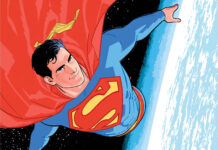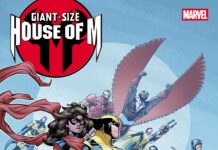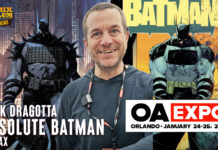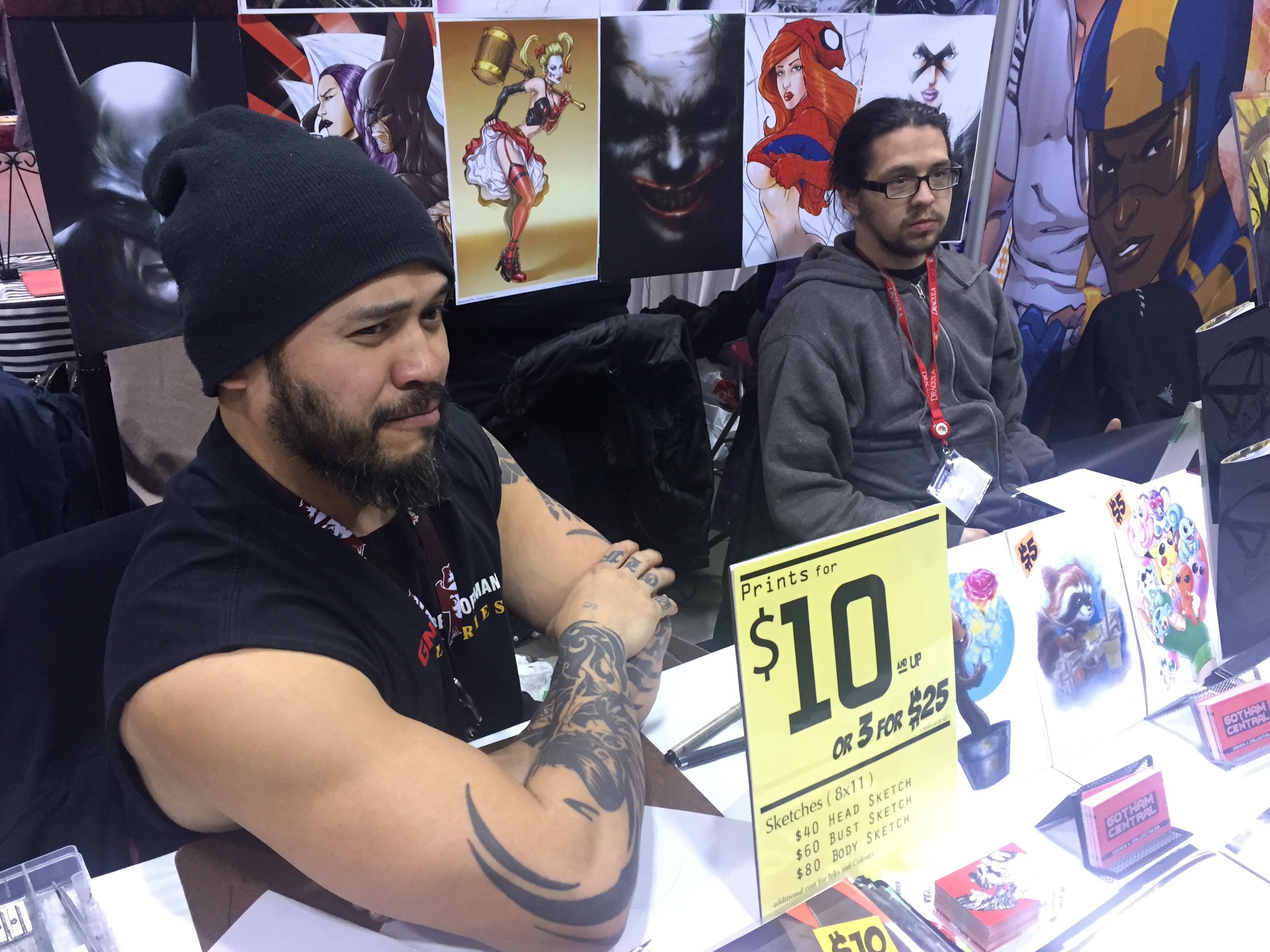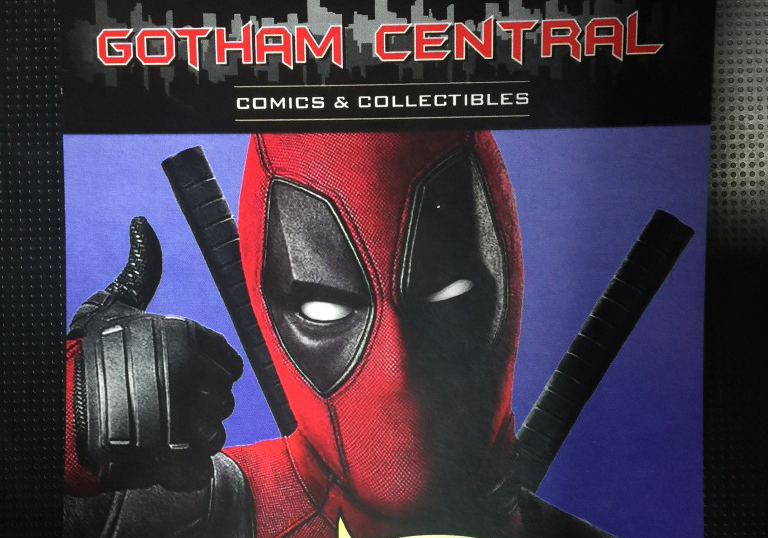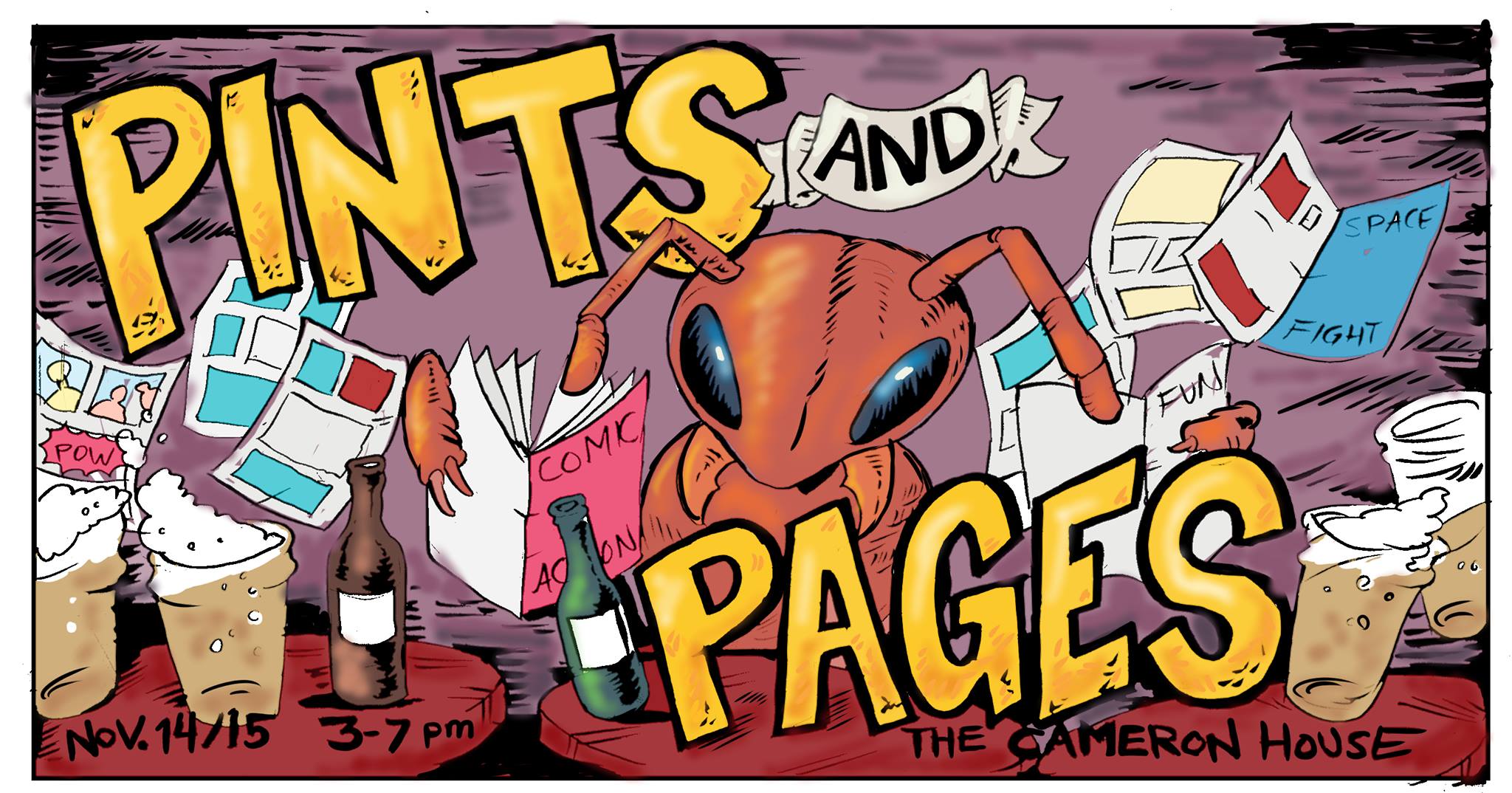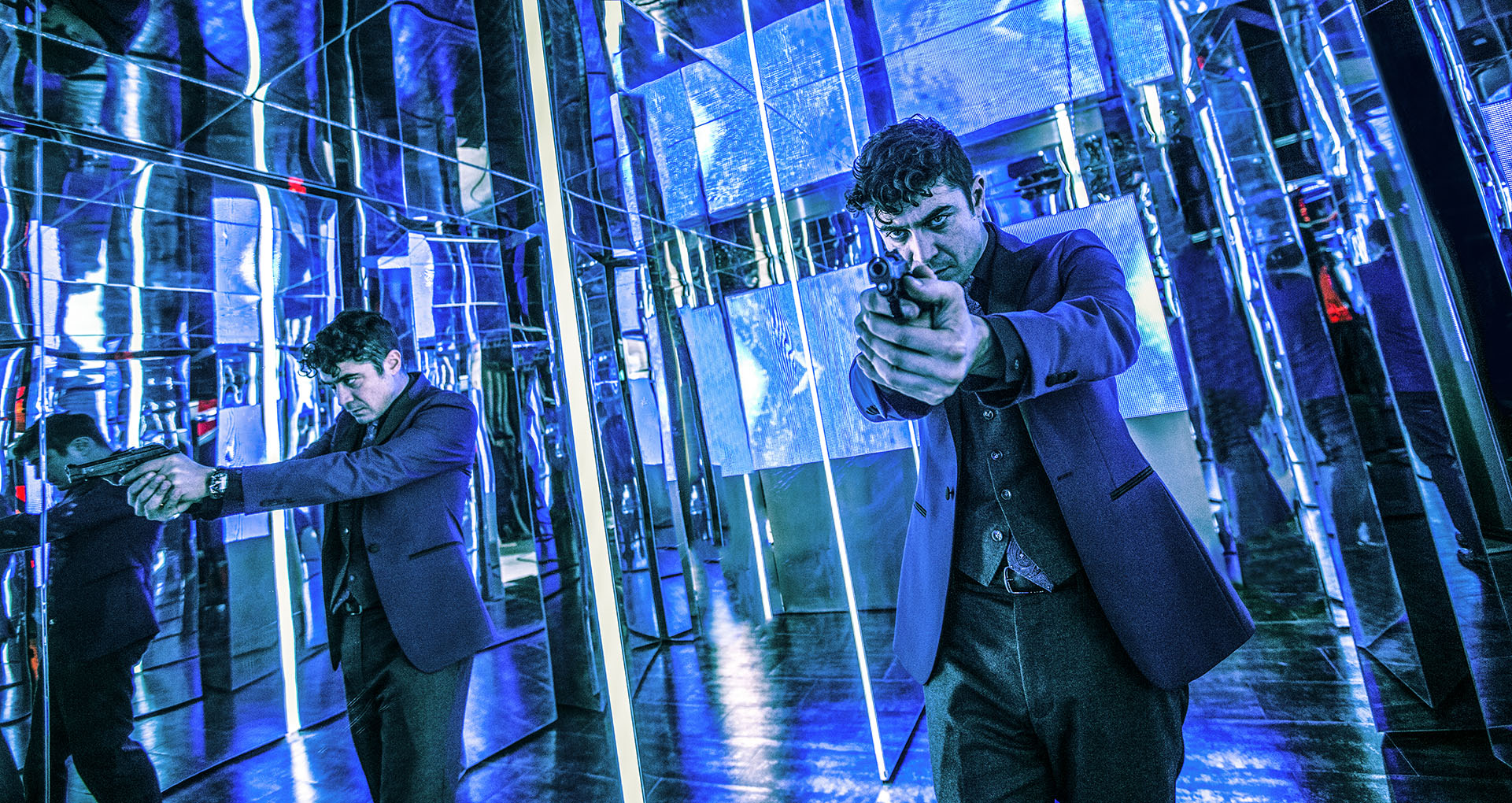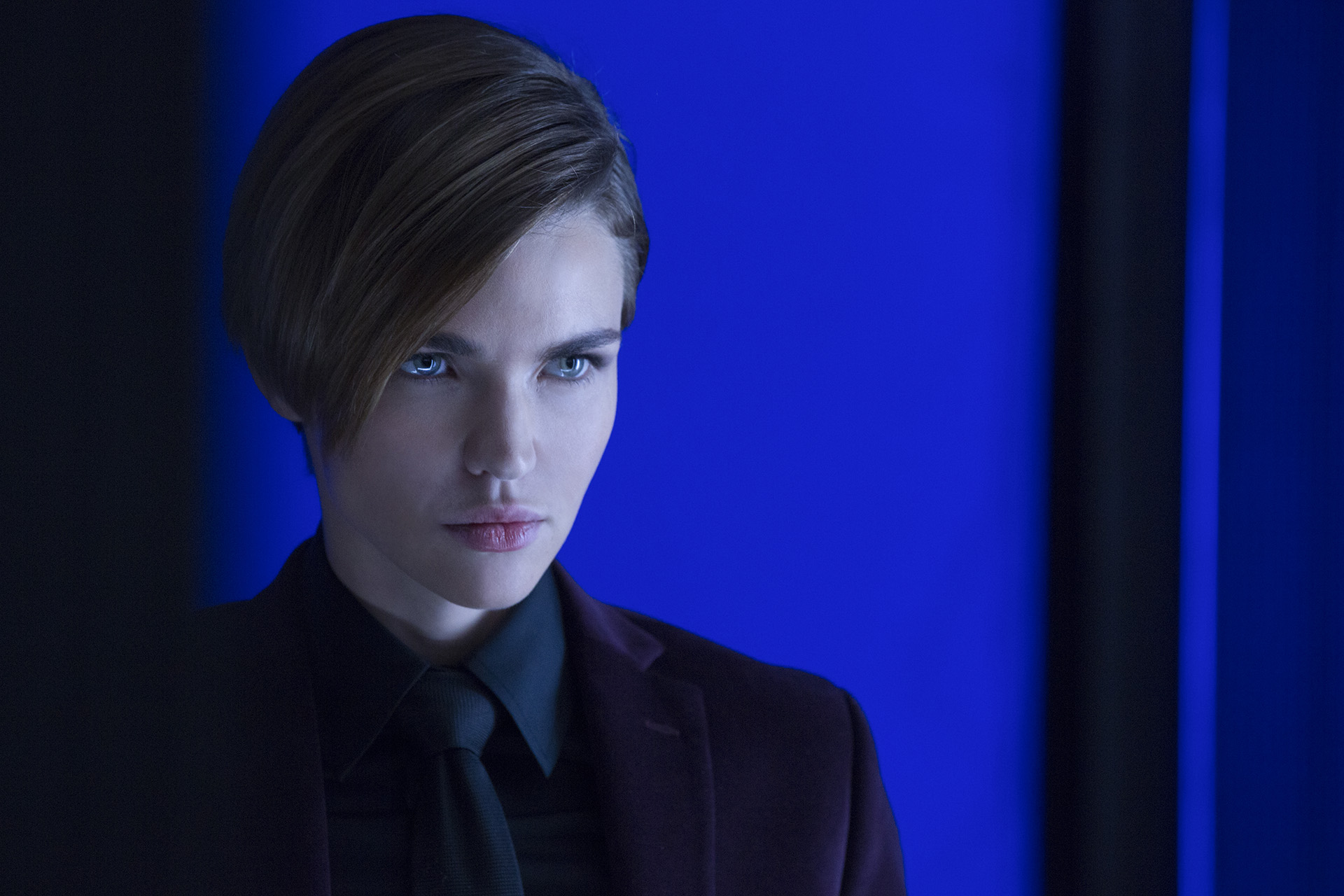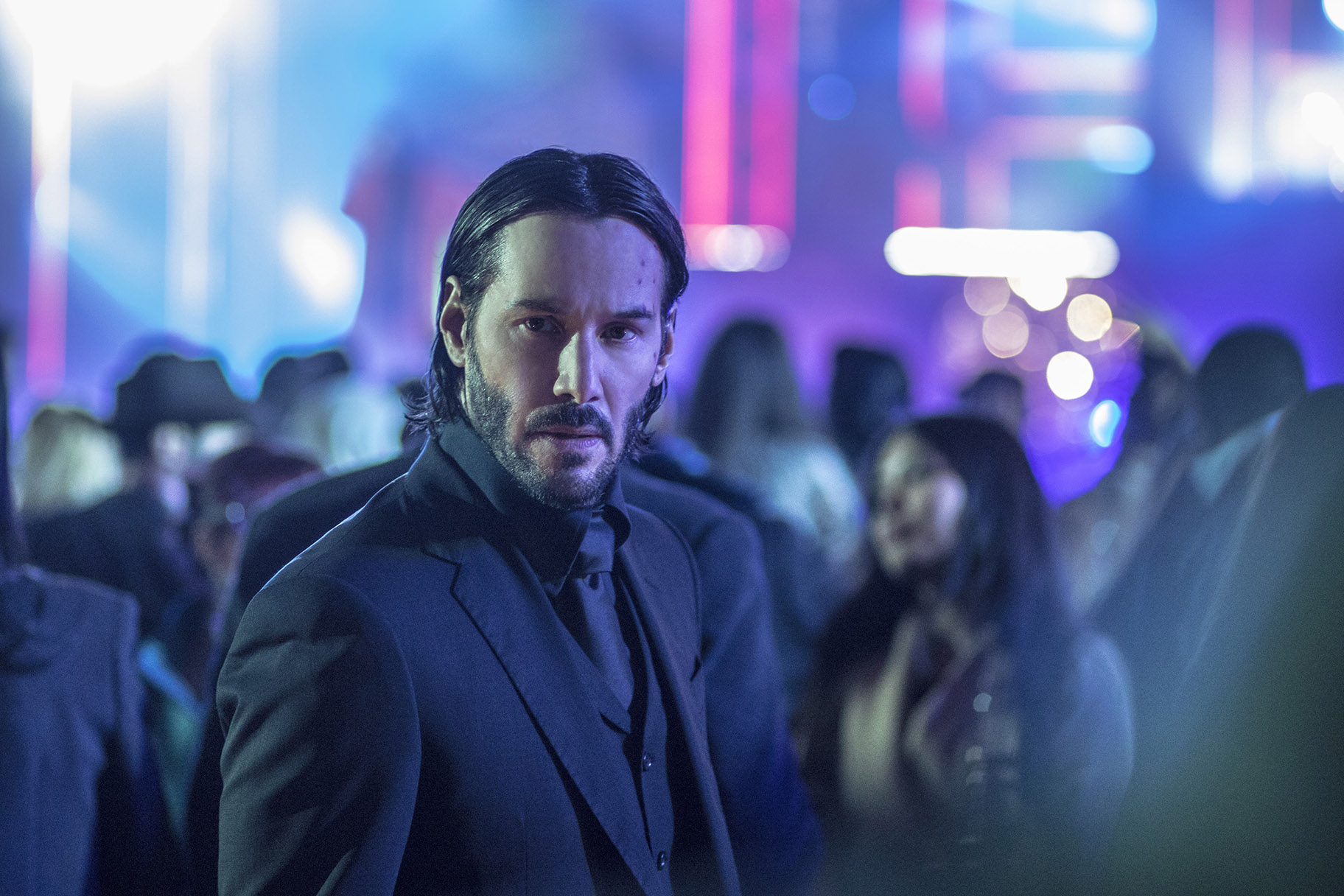
Timecode Classics: Millennium Edition
John Wick: Chapter 2
Timecode Classics is intended to introduce the films that we at Comix Asylum, as children of the ‘70s and ‘80s, grew up watching with the goal that our younger audience members may check them out. And to our more vintage audience members we want to reintroduce those films we all loved and might have forgotten, or at least have the VHS cassette collecting dust in our parents’ basement.
However, our collective Spider Sense has been tingling – there are plenty of films made after 2000 that deserve to be written about and discussed. A classic is a classic, after all. So we sent cub reporter Peter Van Horne on a mission to find modern classics befitting the column, and he hasn’t been in the office since.
“Somebody please get this man a gun!”
Sequels are a slippery slope to negotiate, balancing the need to provide more of the same but slightly different while continuing a story that is entertaining and logical. Most of the time studios haven’t learned their lesson, often trying to squeeze more money of a stone and create a franchise they had no business attempting and really should have stopped at one. All of us have had our eyeballs and wallets abused by really bad sequels: Highlander 2: The Quickening, Spider-Man 3, Batman & Robin, Grease 2, Speed 2: Cruise Control, and the list goes on. But there are those rare occasions where a studio has managed to capture lighting in a bottle for a second time, enriching and enhancing the story and characters in a compelling way. There are very few films that equal or surpass the original: Godfather II, The Empire Strikes Back, and Terminator 2: Judgment Day are the films on my short list that set the benchmark for great sequels. Until now. Add John Wick: Chapter 2, directed by Chad Stahelski, to that list.
Your feelings about John Wick: Chapter 2 will depend on what you liked about the first film. Aside from the body count, in which Keanu Reeves’ titular character killed 84 in the original, what struck me was the simple elegance of the story. A retired assassin goes on a rampage of vengeance when Russian mobsters kill his dog and steal his car. I will be the first to admit it; I like action films. I also like sci-fi, fantasy and thrillers. Without sounding snooty or prejudiced, I don’t have a lot of time for the “serious” dramas that tend to permeate the cinemas after September and are in contention for awards season throughout the winter. It’s not that I am a simple man, I am, but many of the “serious” films off as pretentious, often building a very large soapbox from which the message of the film is preached. Many audiences like that sort of thing, but not me; the John Wick films don’t pretend to be anything other than what they are, which are entertaining action films.
That said, the sequel amps up the body count (the official tally stands at 141) but the same treatment is given to the story. There are three revenge stories in John Wick: Chapter 2, and each provide extended, nod to John Woo, balletic, over-the-top kung-fu, gun-fu, car-fu, pencil-fu and any other kind of fu you can think of.
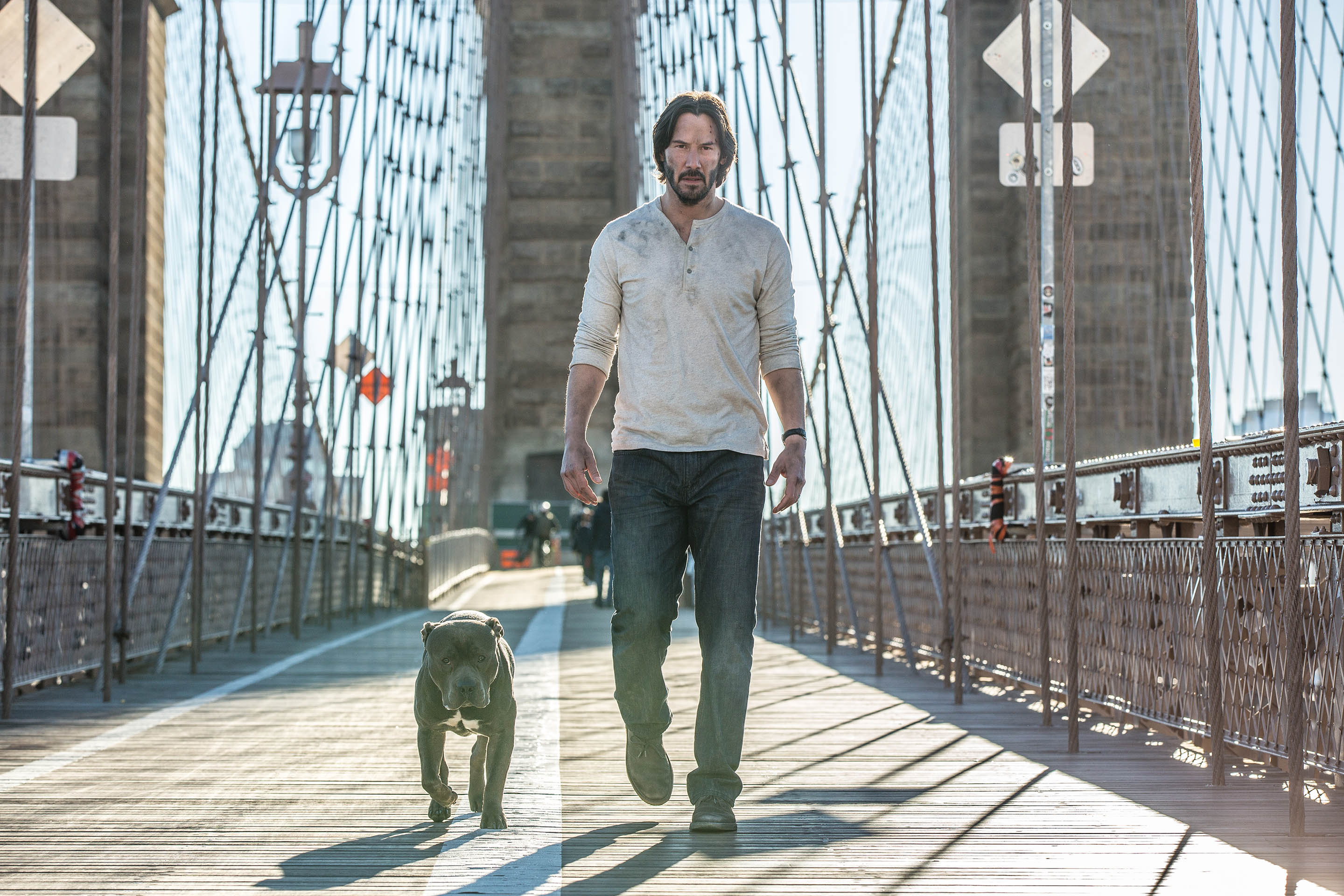
Revenge story one sees Wick finishing his unfinished business – he seeks to retrieve his 1969 Mustang in the hands of the Russian mob, headed by the ever reliable Peter Stromare as Abram Tarasov, brother of Viggo, recently deceased from the first film. While Stromare has limited screen time he makes the most of it, reiterating the story of how Wick killed three men in a bar with a pencil. Abram tells a subordinate that the stories of Wick have been “watered down”, and whether that means Wick killed more than three men or that the pencil wasn’t necessary is vague, left up for the audience to decide.
Revenge story two sees Wick attempt retirement a second time, only to be approached by Italian mobster Santino D’Antonio (Riccardo Scamarcio) with a “marker” from a previous debt. Seems Wick needed some help with Viggo’s impossible task that set him free years ago, and now its margin call time for Santino. The job: kill D’Antonio’s sister, Gianna (the voluptuous Claudia Gerini) so he can assume her chair at the “High Table”, presumably the board of governors for a global crime syndicate.
Revenge story three sees Wick pursued by likely the second most lethal assassin in the world, Cassian (Common), who is Claudia’s bodyguard. Apparently taking out the sister of the guy who hired you when the second most lethal assassin in the world is on duty makes said assassin an angry guy, so in the best tradition of the Bard, “Cry Havoc! And let slip the dogs of war.” There is a very humourous scene in which the two assassins attach silencers to their pistols so their shootout in a crowded train station goes unnoticed by New York commuters. Their fight which literally lands on the doorstep of the Continental in Rome operated by Julius (Franco Nero) sees the two share a tense, well-played time out in the hotel’s bar.
While dogs of war are still on the brain, I am happy to report that Wick’s newly rescued pit bull is alive and well; his role also pushes the story forward.
The impressive thing is that despite all the extended action scenes where Wick takes out his opponents at a rate of one per minute, there is a story at the film’s foundation. It isn’t just about two titans squaring off in painfully long bouts with a patch work of story thrown in as an afterthought – see Batman v Superman: Dawn of Justice for that. There are many nice visual Matrix-y touches in the film that climaxes in a fight at an art exhibit called Reflections of the Soul, an Enter the Dragon hall of mirrors showdown but far trippier and expertly filmed.
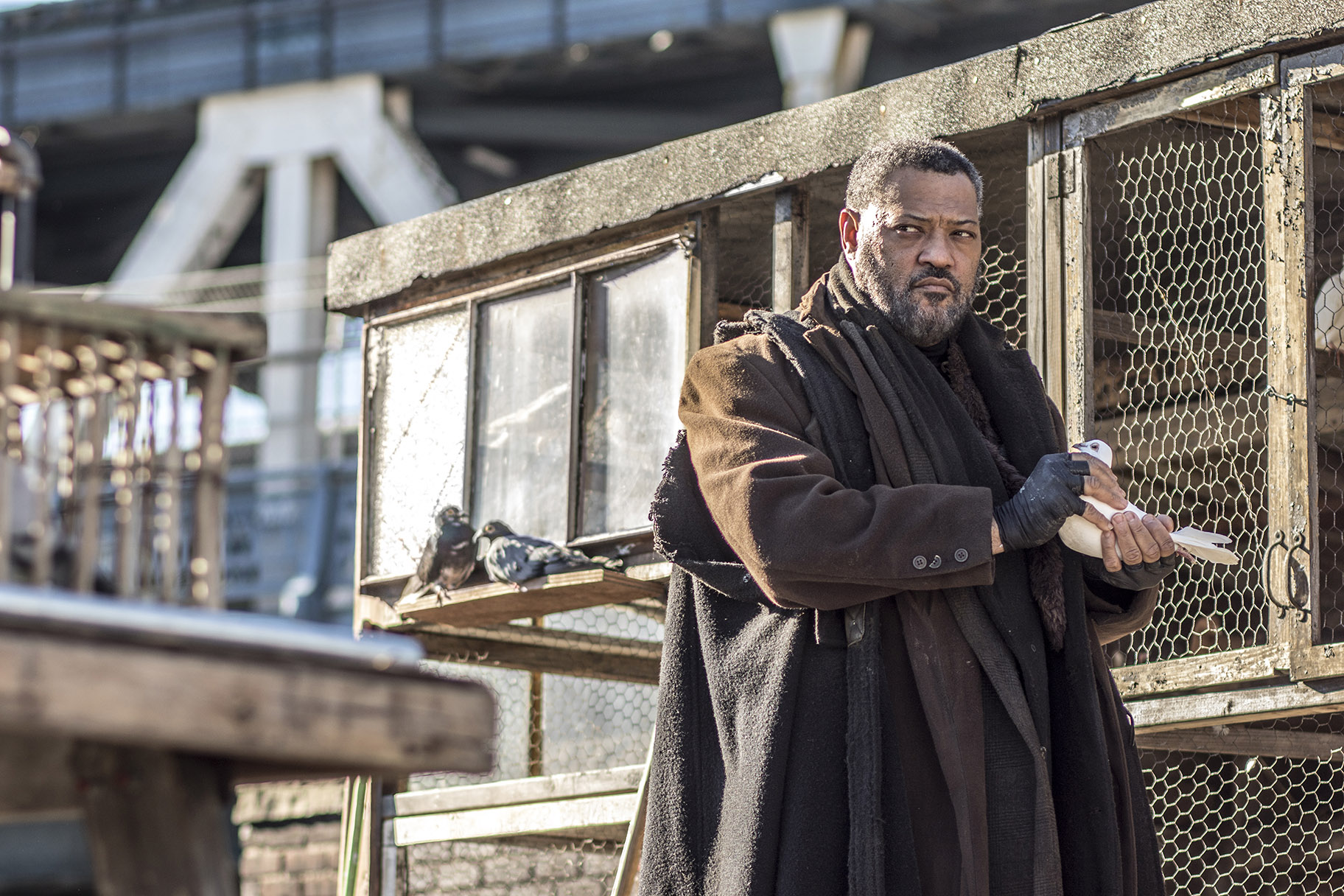
Most significantly, the film expands on the world of the assassins introduced in the original, and is now an international endeavour. Seems Continental Hotels are in every major city, providing refuge, rest, and relaxation for the well-travelled and weary assassin. Wick’s trip to Rome presents us with the best shopping montage ever, with Wick visiting a tailor who offers Kevlar lining in between the fabric of his bespoke suits, and the sommelier/armourer (Peter Serafinowicz) who effortlessly opines about an assault rifle’s robustness as though it were a Chateau Mouton Rothschild 1947, and can pair a weapon for any occasion that arises. The world of the film is a well-developed, rich tapestry that makes one almost want to be a hitman and answers the question: What if GQ were run by assassins? McShane returns as Winston, manager of the New York Continental, in a larger role in the film as well as the world of the discerning assassin, and he may hold more power than most of the characters initially believe.
A welcome addition to the cast is Laurence Fishburne as The Bowery King, a former assassin who now has his own army of killers disguised as homeless people. He and Wick have several scenes that are fun to watch, and a nice reunion for the former Matrix co-stars; there’s even a subtle nod to The Matrix with the use of rotary telephones. Ruby Rose (Orange is the New Black) is also along for the ride as Ares, D’Antonio’s mute security enforcer. Also returning is John Leguizamo as Aurelio, the owner of a high-end chop shop where Wick gets his car serviced. Bridget Moynahan also returns in flashback and photographs as Wick’s deceased wife, Helen.
With a richer plot, explosions, car chases, jujutsu and gunplay, Stahelski’s team of mostly Matrix veterans executes a perfect blend of action taken seriously and entertaining spectacle. Part Bond, part Bourne, and all Wick, John Wick: Chapter 2 is as a solid and enjoyable ride as you are going to experience. And just when you thought it was over, know that John Wick: Chapter 3 is in the works, as is a possible spinoff TV series. I sense this could be the only film series that has two sequels that measure up and exceed the original.


